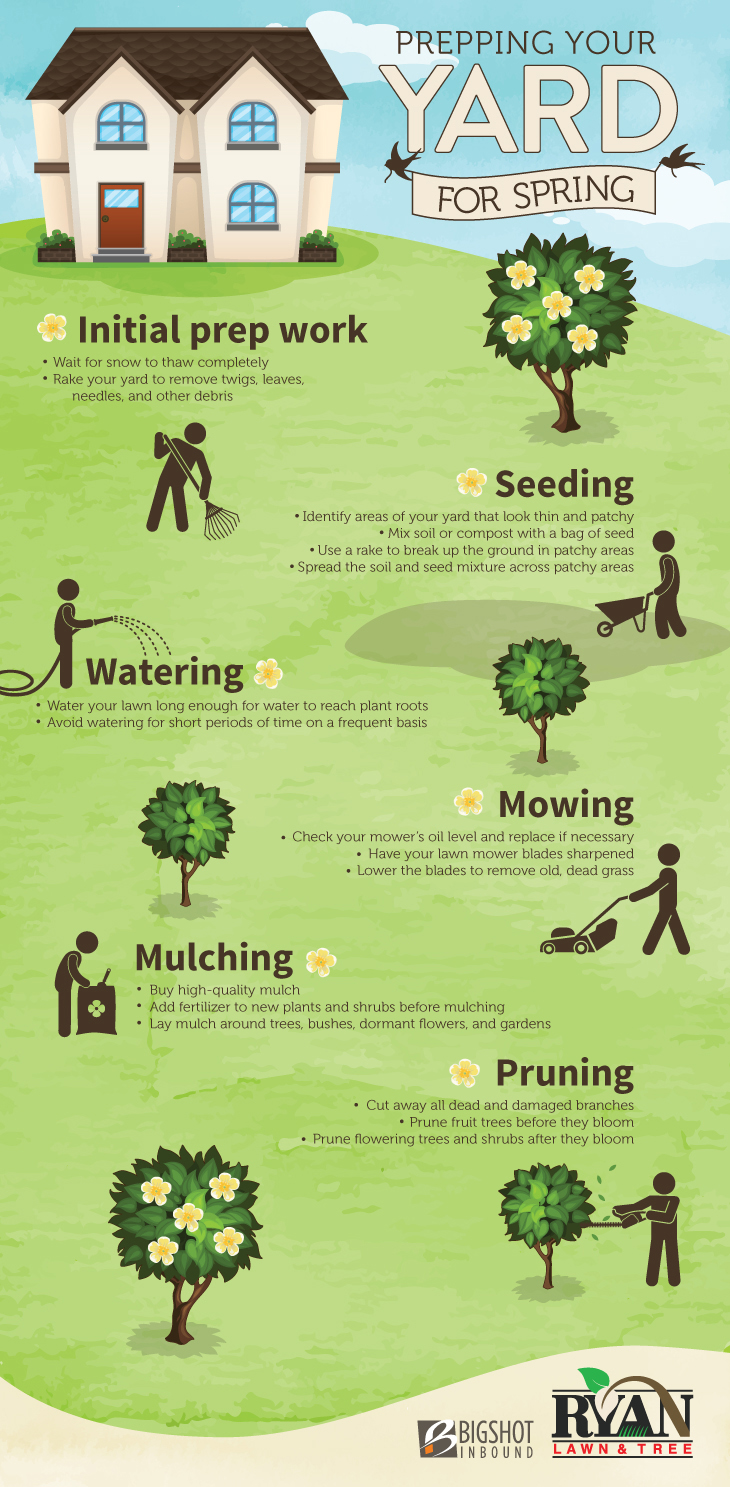Recognizing The Demand For Tree Removal: A Guide For Homeowners
Recognizing The Demand For Tree Removal: A Guide For Homeowners
Blog Article
Staff Writer-Wright Conway
Trees add elegance and worth to residential property, however they can also pose a risk throughout extreme weather condition events. If a tree has quit growing, is exhibiting visible fungal growth, or has a leaning trunk, it should be gotten rid of by an expert to stay clear of property damage and injury.
To find out more, attend a property owner source reasonable co-hosted by HPD, the Center for NYC Neighborhoods, and Brooklyn-based housing companions this evening in Bedford-Stuyvesant. mouse click the next article will include the Home owner Handbook, a new overview to assist home owners navigate the obligations of having a home.
1. Dead or Perishing Branches
Trees are an important part of your home's landscape, using shade and charm. They additionally offer shelter for wild animals and generate oxygen, yet even healthy trees can experience illness that might require their removal. Dead or passing away trees aren't just unpleasant, they can be hazardous. Their branches could drop during a storm, causing costly building damages and injuries.
When a tree's branches begin to die, it means that its structure is starting to break down. If the majority of its branches are dead, it is likely time to remove it.
Try to find an absence of brand-new growth, bark peeling, open wounds or dental caries, fungis expanding on the trunk or roots and a general appearance of degeneration in the entire canopy. These signs of infection can suggest a significant trouble that will need specialist tree services to settle.
2. Leaning maintennace
While it's normal for trees to lean once in a while because of phototropism, if a tree has a hazardous or extreme lean that's not as a result of natural processes - maybe an indication that the tree requires to be gotten rid of. If the tree is leaning toward a high-voltage line, home, lorry, play framework or any other area that could be harmful to people if it falls, then speaking to an expert tree service for removal should be a top priority.
It's also essential to watch for any kind of sudden changes in a tree's leaning as it can show damage to the origins or trunk that might bring about dropping. This is especially true throughout stormy weather, since high winds and rain-soaked dirt can trigger a lean to alter promptly. Normal tracking, especially throughout and after storms can help house owners identify possible issues with their trees so they can call an arborist for a detailed assessment.
3. Parasite Invasion
Some pest invasions, such as wood-boring insects like emerald ash borer or sap-suckers like range bugs, are so serious that they can cause a tree to die. The very best means to stop pest problem is to monitor your trees regularly. Try to find places, holes, or discolorations in the fallen leaves and bark. Analyze the trunk for splits and signs of insect damages, such as tunnels or tracks.
If a tree becomes also plagued with insects, or is close to a home or power lines, an arborist might advise removal. If a leaning tree establishes a brand-new, unsteady lean, an arborist will likely suggest removal too to guarantee the security of individuals and building. If a weakened or dead tree consistently loses extreme branches, it is a sign that it is time to eliminate the tree. If a tree continues to shed branches for an extended time period, it might lead to architectural problems and prospective home damage.
4. Damaged Trunk
Trees are a beautiful and fundamental part of our landscape, yet they do require routine like keep them healthy and balanced and secure. If a tree is damaged irreparable it is likely time for it ahead down.
Try to find indications of damages to the trunk, consisting of upright splits, joints, dead branch stubs, visible wounds or open tooth cavities and serious tree-rot. The presence of fungi at the base of the trunk is an additional alerting indication. Fungis may suggest that the phloem and xylem (life-support tissues) are endangered, enabling the spread of disease or a future failure.
Also, consider whether the tree has stopped expanding. Healthy and balanced trees will have brand-new growth each year, which may be visible as buds or branches growing and prolonging. If you do not see any brand-new growth, it's an excellent concept to have an arborist assess the tree and follow their suggestion for elimination. A passing away or damaged tree can drop and create property damages.